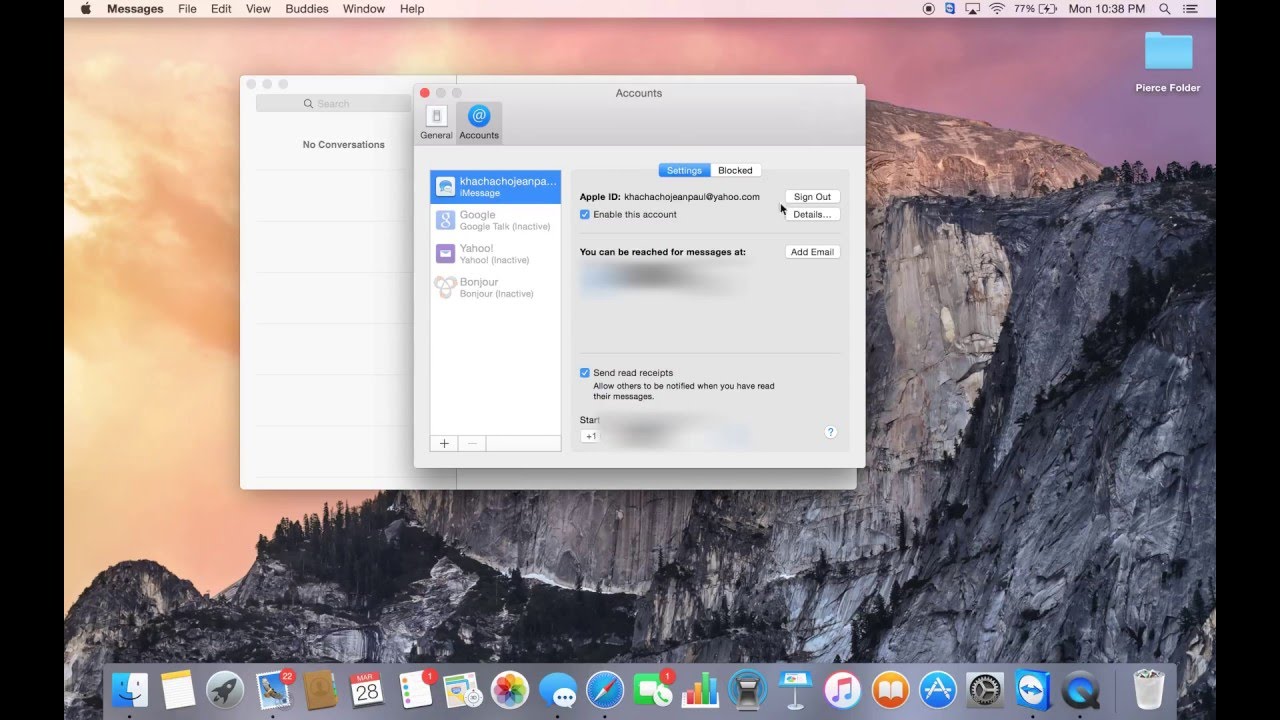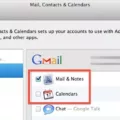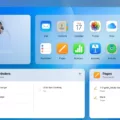If you’ve ever wanted to sign out of iMessage on your Mac, you’re not alone. It’s a common problem that many people have, and it can be confusing and annoying when it doesn’t work as expected. Fortunately, signing out of iMessage is a relatiely simple process that only takes a few minutes.
First off, you’ll need to open the Messages app on your Mac. You can find this in the Applications folder or by searching for it using Spotlight. Once you’re in the Messages app, click on the Preferences tab at the top of the window. Under the Accounts tab, you’ll see a list of all your iMessage accounts. Select the one that you want to sign out from and click Sign Out at the bottom of the window.
Once you’ve signed out of iMessage, your account will no longer be associated with any devices that are connected to your Apple ID. To re-enable iMessage on your device, simply sign in again with the same Apple ID you used when signing out from Messages.
Additionally, if you want to make sure iMessage isn’t active on any other device connected to your Apple ID, there are a few steps you should follow:
– Open Settings on your iPhone or iPad
– Tap Messages
– Tap Send & Receive
– Tap Apple ID (your email)
– Tap Sign Out
– Disable iMessage under your Apple ID by unchecking “Enable Messages in iCloud”
– Finally, open the Notifications & Focus pane in System Preferences and toggle “Allow Notifications” off
By following these steps carefully, you should be able to safely sign out of iMessage on your Mac without any problems. So go ahead – give it a try and enjoy some peace of mind knowing that all devices associated with your Apple ID are secure!

Unable to Sign Out of iMessage on Mac
The most common reason why you can’t sign out of iMessage on Mac is if your Apple ID is associated with an iCloud account. To sign out of iMessage, you must first sign out of iCloud. Once you have signed out of iCloud, you will be able to sign out of iMessage. Additionally, if you are using a different Apple ID for iMessage than the one used to log into your Mac, you will also need to sign out and then back in with the desired Apple ID before being able to sign out.
Signing Out of iMessage
Signing out of iMessage on your iPhone or iPad is easy! First, open the Settings app and tap on Messages. From there, tap on the Send & Receive option. You’ll see your Apple ID (email address) listed at the top; tap it to open. At the bottom of the page, you’ll see a Sign Out option; simply tap it to sign out of iMessage.
Disconnecting iMessage from Mac and iPhone
Yes, you can disconnect iMessage from your Mac from your iPhone. To do so, first open the Settings app on your iPhone and select Messages. Then, toggle the iMessage switch to the off position. Next, open the Messages app on your Mac and select Preferences from the menu bar. Under Accounts, select your Apple ID and uncheck “Enable this account”. Finally, open the Notifications & Focus pane in System Preferences on your Mac. Select Messages from the sidebar and toggle “Allow Notifications” to the off position. That’s it!
Changing IMessage Account on Mac
To change your iMessage account on Mac, go to the Messages app. In the menu bar at the top of the screen, select Messages -> Preferences. In the Accounts tab, you will see a list of all your connected accounts. Select the account you want to change, then click Sign Out. You can then sign in with a different account. If you have multiple accounts associated with your Apple ID, you can switch between them by selecting the account name in the menu bar and choosing a different one from the drop-down menu.
Logging Into iMessage on a Computer
To log in to iMessage on your computer, fist make sure that you have the Messages app installed on your computer. You can do this by using Spotlight Search to look for “Messages”. Once you have the app installed, open it and sign in with your Apple ID and password. Your Apple ID is the email address that you use to access all of your Apple services, such as iCloud or the App Store. If you don’t already have an Apple ID, you can create one for free at appleid.apple.com. After signing in with your Apple ID and password, you’ll be able to send and receive messages from other Apple users just like you would on your iOS device or Macbook.
Preventing iPhone Messages from Sharing on Mac
To stop your iPhone from sharing Messages on Mac, you need to take the following steps:
1. On your iPhone, go to Settings > Messages.
2. Scroll down and select Text Message Forwarding.
3. Uncheck the box next to the Mac you wish to stop sharing Messages with.
4. You may also need to sign out of iCloud on both devices (iPhone and Mac) and sign in again for the changes to take effect.
Once this is done, your Mac will no longer receive text messages from your iPhone and vice versa.
Conclusion
In conclusion, iMessage is a powerful messaging platform that allows users to communicate with friends and family from anywhere in the world. It’s simple to use, secure, and provides a wide range of features including stickers, GIFs and other multimedia content. For enhanced security, users should ensure they sign out of their Apple ID and disable iMessage in iCloud. With its many features, iMessage is an ideal choice for staying connected with those you care about.








